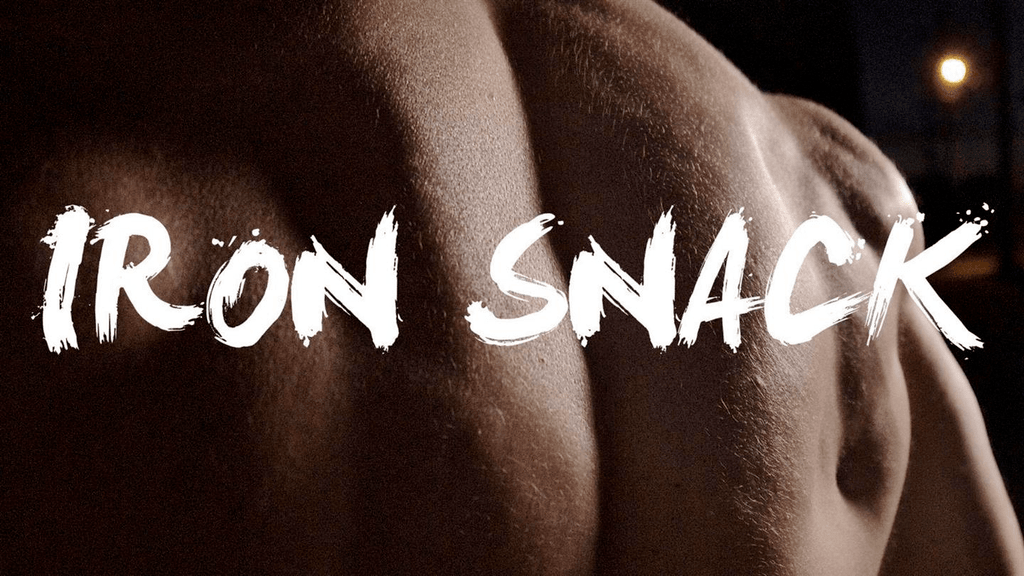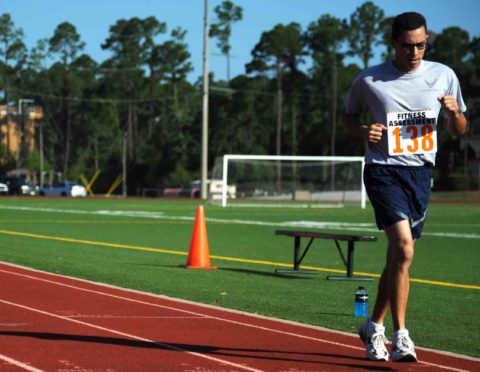So you just started on your fitness journey. You’re hitting the gym regularly and putting in time doing cardio. However every journey has its bumps in the road. For many people who go from a relatively sedentary lifestyle to one that contains a decent amount of running you may find yourself developing a nagging pain in your shins. It can be absolutely miserable, I remember back to my time in Army basic training at Fort Knox and there were quite a few of my fellow Soldiers who had to seek treatment for this annoying problem. Given that military recruits undergo strenuous exercise regimens in basic training much of the research in this area comes from studies on military members.
Of course more than one thing can cause pain of the lower leg. One of the most common things in this setting is what most people call shin splints. Its estimated that 35% of athletes have shin splints. If you’re a woman or you are overweight you are at a greater risk for developing this problem. In the medical world it’s called medial tibial stress syndrome. This occurs when the muscles and connective tissues endure repeated stress during exercise. It has been theorized that bending of the lower bones of the leg or and inflammation of the periosteum (connective tissue layer on top of our bones). I have heard some people incorrectly describe these as stress fractures but those are actually different. Both shin splints and stress fractures can be brought on by similar activities. As a doctor when I examine people the difference is slight. Those with shin splints often have a more diffuse “vauge” pain that can be present throughout the shin. Stress fractures often have a particular spot of tenderness that I can press on. In those cases those patients can agree that this is the spot in particular that is in pain. Sometimes it is tough to differentiate and x-rays are used to look for evidence of a stress fracture.
So the question really is what can you do? Well if you have shin splints it’s more about cutting back rather than stopping all activity. If you were running a mile a day, maybe take a day off in between or if you were running 5 miles three times a week cut down to 3 miles three times per week. Another option for those with shin splints is wearing a shock absorbing insole in your shoes. There isn’t great research on this but a meta analysis done in 2002 showed that insoles can decrease pain and even prevent shin splints. Given that obesity is a risk factor for developing shin splints losing some weight can also help. Other things that can help with the pain of shin splints is icing your shins and elevating your legs on a pillow. In the case that you are diagnosed with a true stress fracture it’s best to change the activity all together if you were a runner switch to swimming or another low impact form of activity while your stress fracture heals.


3 thoughts on “Shin splints: that nagging pain that can hamper your fitness routine”
I have a pain that started on my lowet hip it is now in the back of my leg and goes to my feet my foot feels like it has pins and needles in it.
I have been to a chiiropractor for two weeks and it is worse. I have had exrays he said I have major arthritis he believes a nerve is touching a bone.
Thank you.
Comments are closed.